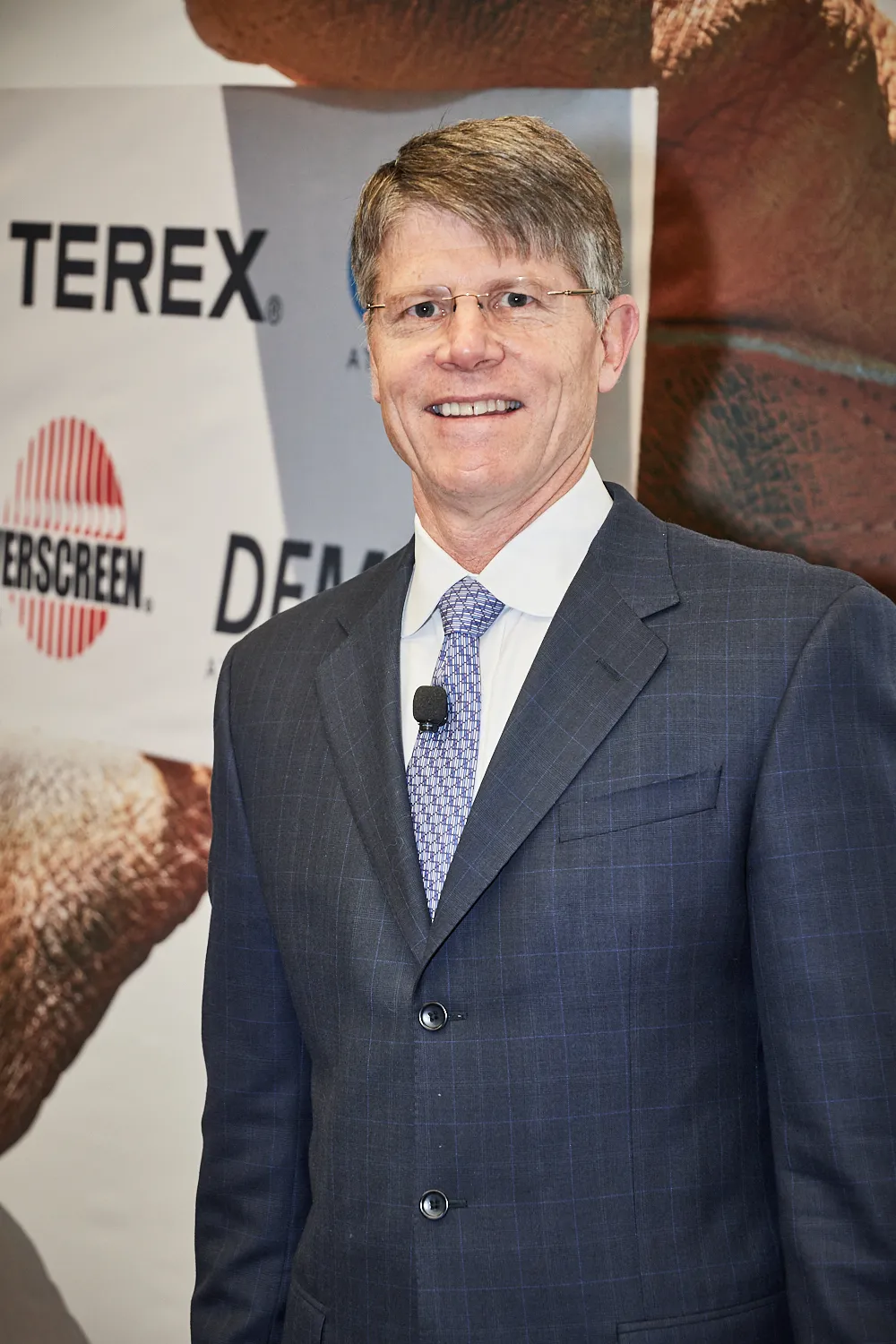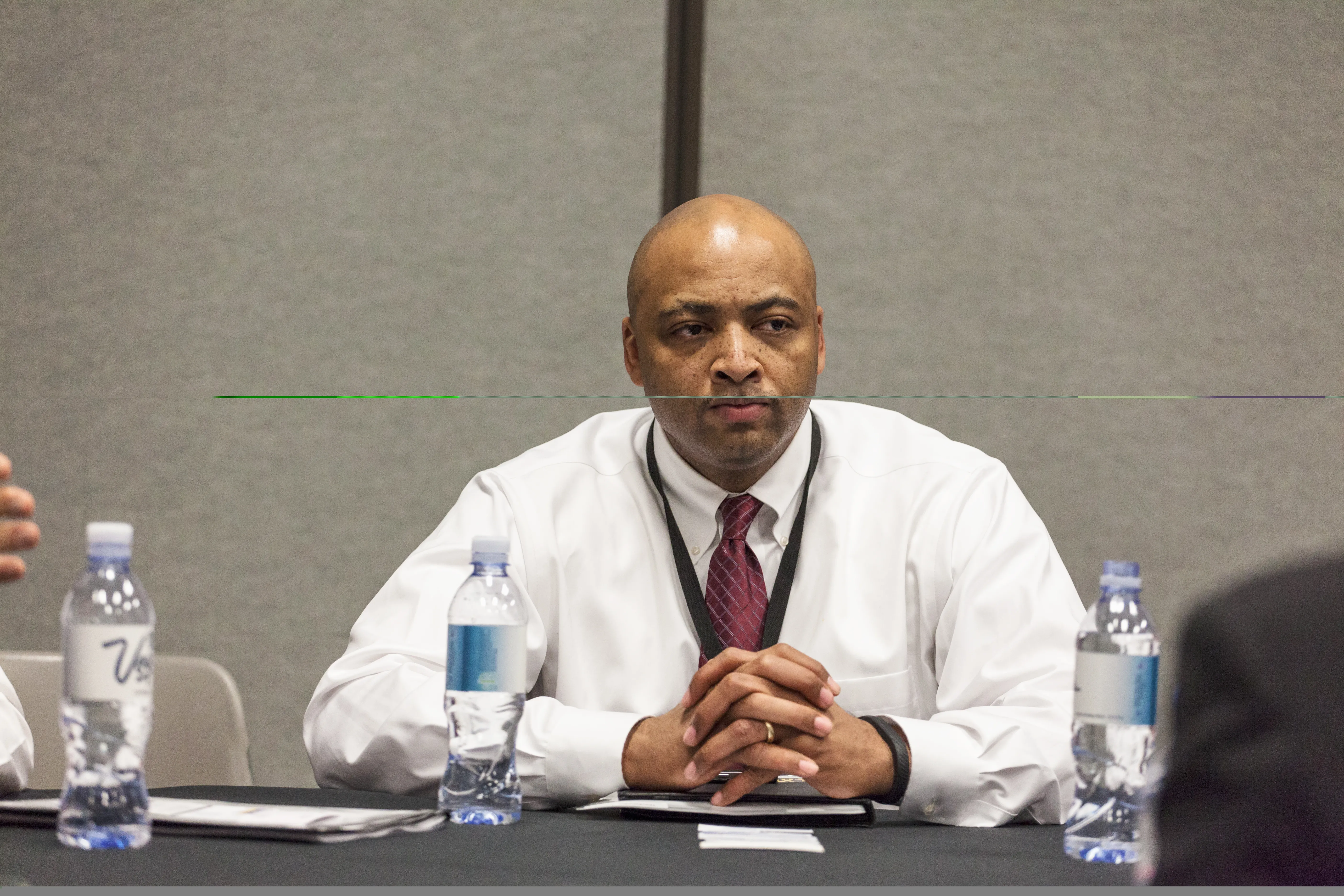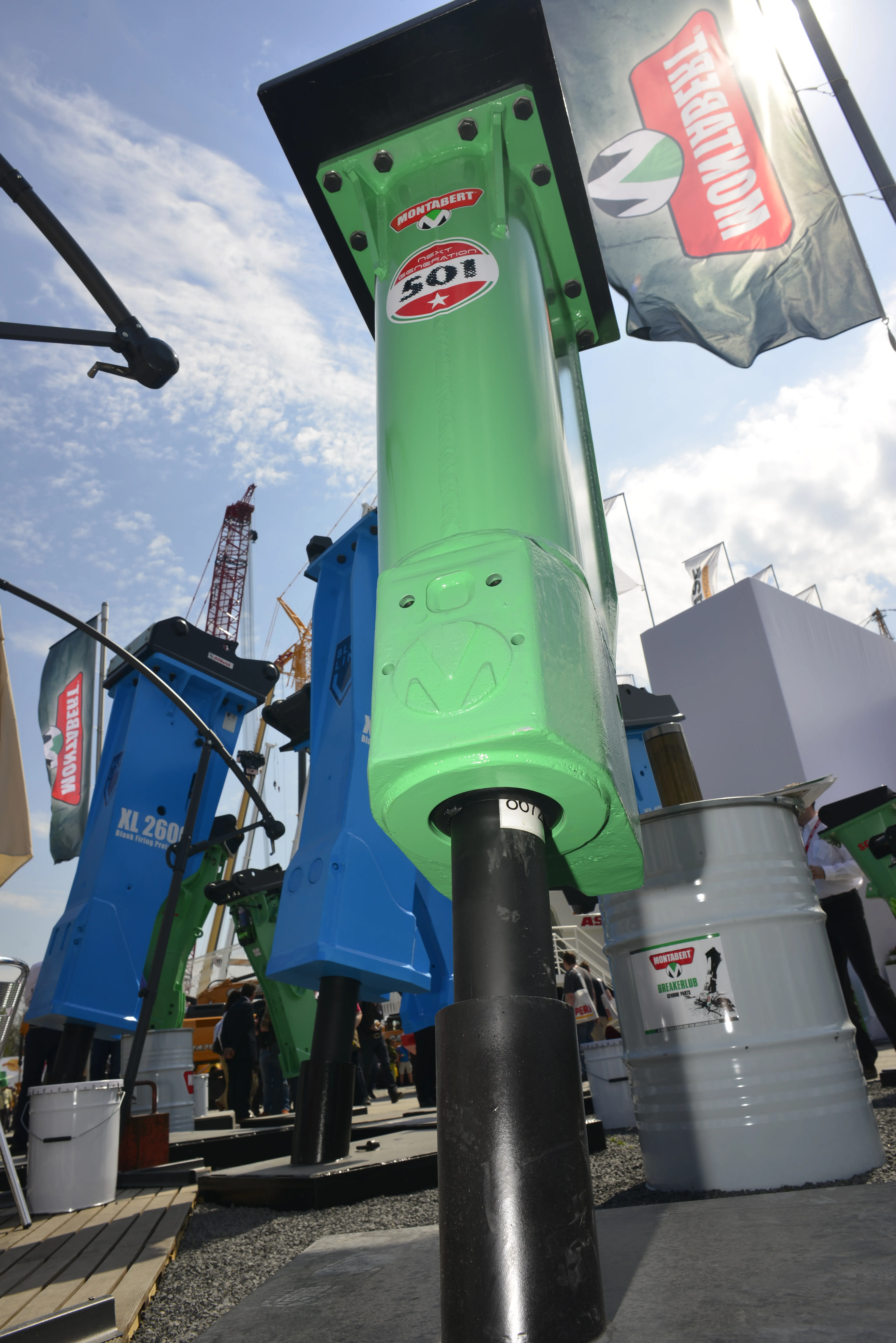
The power increase is substantial, with the Brokk 500 providing a boost of 40% over its predecessor.
The power was added through the company’s SmartPower electrical system.
“It’s a technological leap forward for us,” said Peter Bigwood, vice president of sales and marketing at Brokk. “SmartPower has the ability to extract more power out of the electric motor that runs the machine.”
The system helps the operator start the machine on a poor power supply – while also protecting the Brokk machine from any harmful faulty power. “It allows the machine to deal with inconsistent power from generators,” Bigwood said.
The power allows the generator to use an SB 702 hammer, a much stronger breaker than its predecessor could utilise. The SB 702’s additional weight was offset by other efficiencies.
“The Brokk 500 is a remarkable demonstration of how far we have come in getting the most demolition power possible out of a Brokk machine without adding to its size, largely thanks to our new Brokk SmartPower system,” said Martin Krupicka, CEO of Brokk Group.
The Brokk 500 also includes a new design for the rugged application. The demolition robot has cast steel corners; a stamped, curved hood; and reinforced headlight protection.
Contractors will notice those changes, but the power will stand out the most, Bigwood said. “You can bring a tremendous amount of power to a compact area,” he said.








